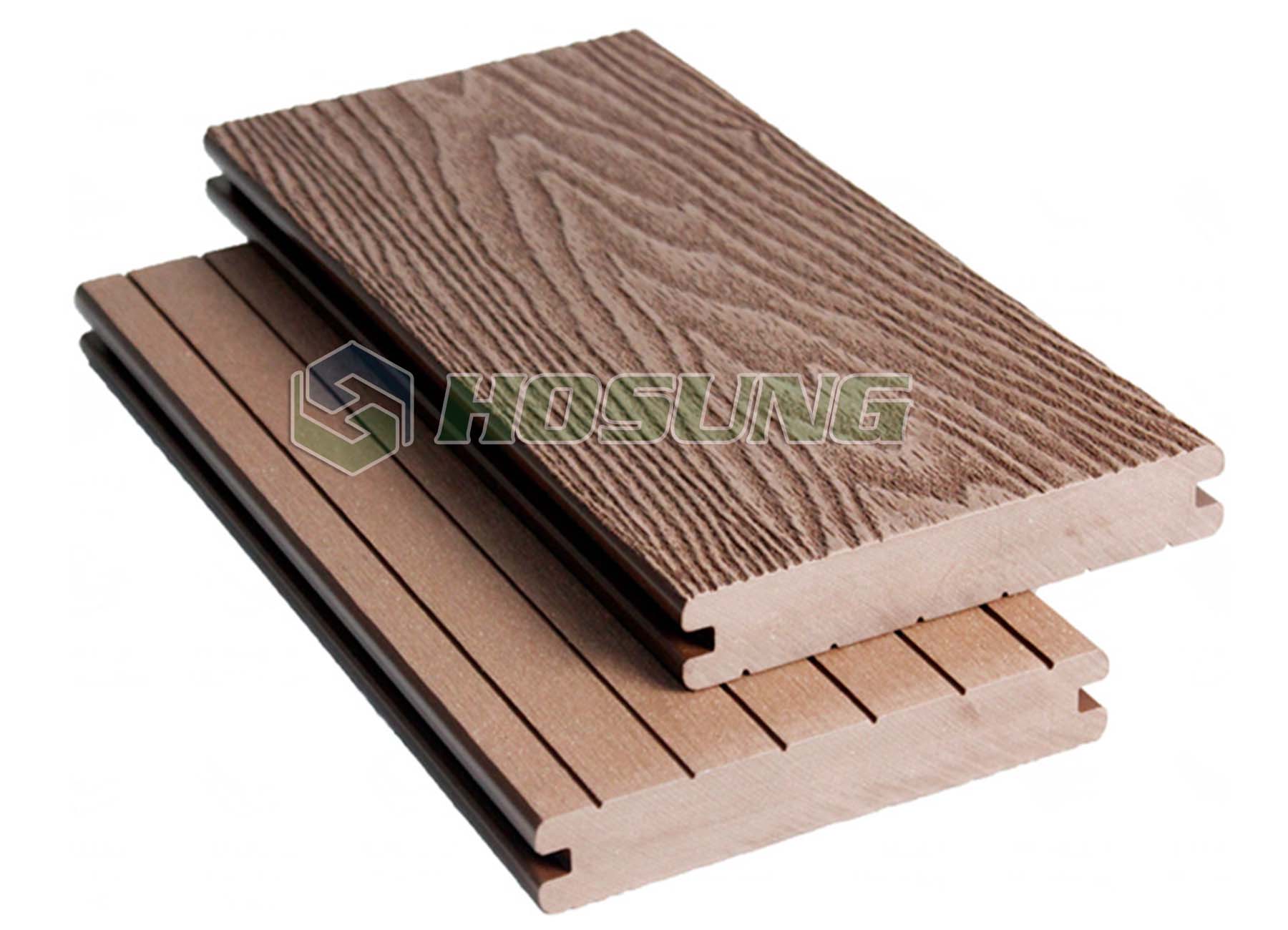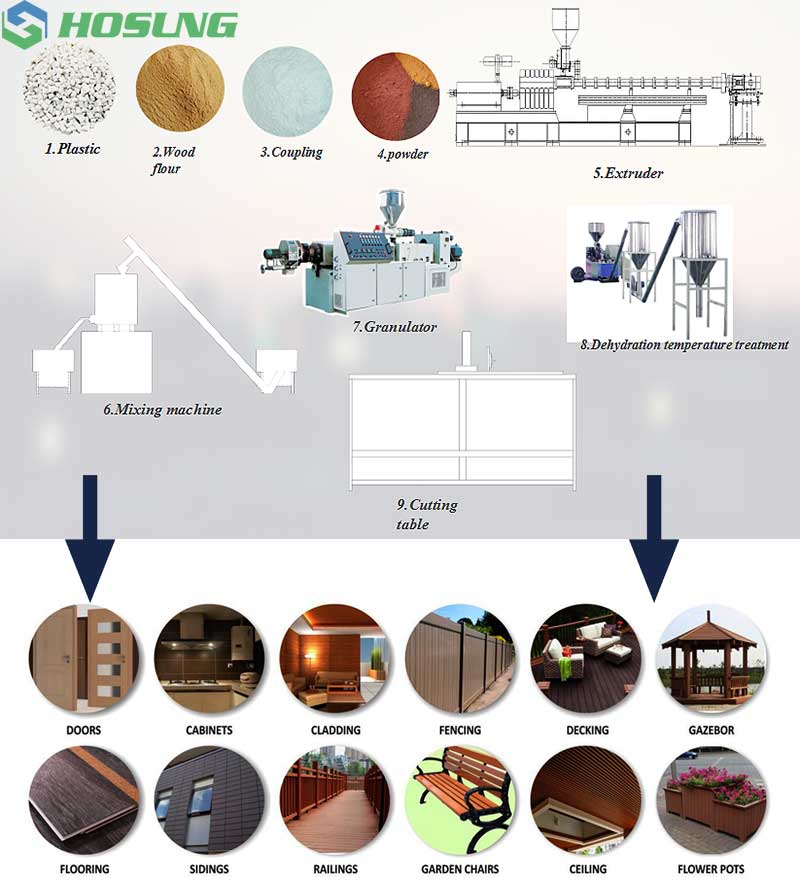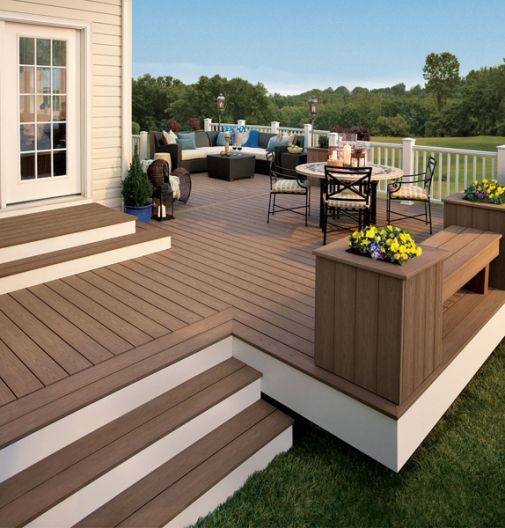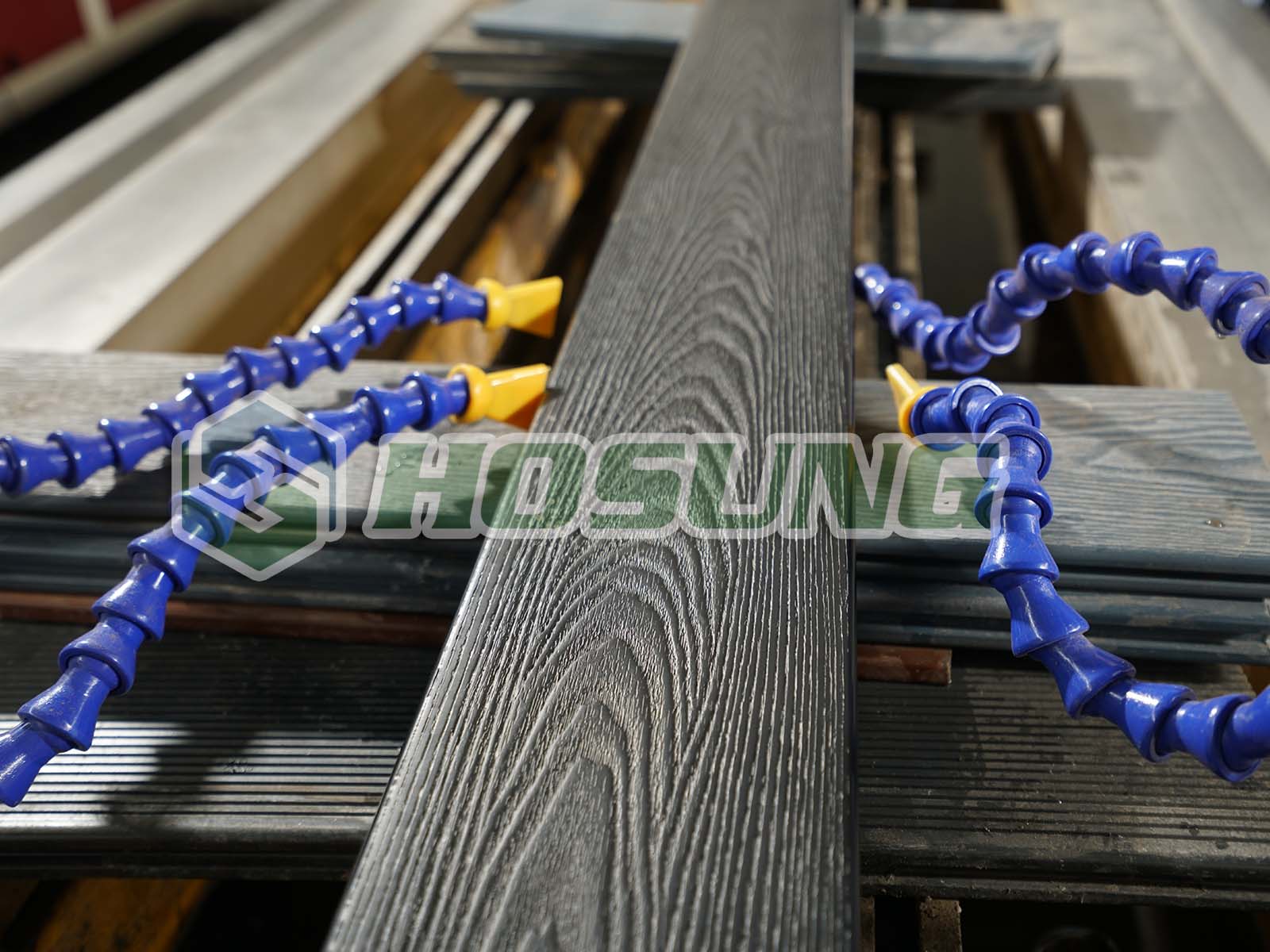For your project, are you seeking for composite decking? If so, you ought to read this piece. If you would want to pose these queries: How do you pick the composite decking that’s suitable for your application? How can one locate a reputable and experienced manufacturer of composite decking? How to effectively and securely install composite decking. We have the answers, so don’t worry. This page is the definitive composite decking FAQ. You’ll save time and money and be able to make an educated choice. Are you prepared? Now let’s move!
Table of Contents
Q1: What is a composite decking?
A1: Composite decking is a sound choice for outdoor decking on account of its durability and low maintenance. It is made from a combination of wood fibers or sawdust and plastic or resin, which is compressed and molded into various shapes and sizes.

This composition provides the decking with resistance to rot, decay, and insect damage, along with protection against fading and staining. Moreover, composite decking is available in a wide range of colors and styles, offering homeowners a versatile and long-lasting option for their outdoor living spaces.
Q2: How are composite decking different from regular material?
A2: Composite decking sets itself apart from traditional wood decking due to its composition of a combination of materials including wood fibers and recycled plastic. This unique blend leads to a highly durable and low-maintenance decking option that resists rot, warping, splintering, and insect damage while also being environmentally friendly.
Q3: What materials are composite decking made of?
A3: Composite decking is usually composed of a blend of wood fibers, recycled plastic, or resin, and it may also contain additives like pigments and UV inhibitors. This combination creates a durable, low-maintenance material that imitates the appearance of natural wood while offering enhanced resistance to fading, staining, and mold.

Q4: What are the advantages of using composite decking?
A4: Composite decking offers numerous advantages, making it a popular choice for outdoor spaces. Its low-maintenance nature means it requires minimal upkeep, saving time and effort for homeowners.
What’s more, composite decking is highly resistant to rot and insects, rendering it a durable option for outdoor environments. Compared to traditional wood decking, composite decking boasts impressive longevity, making it a cost-effective and lasting choice for outdoor projects.
Q5: Can composite decking be used in high-pressure or high-temperature applications?
A5: Composite decking is a versatile option that can withstand high-pressure and high-temperature conditions, making it ideal for various outdoor environments. Its durability and resilience make it a great choice for decking in areas exposed to diverse weather conditions and heavy usage.
Q6: Are there any limitations to using composite decking?
A6: Composite decking offers many advantages, but it’s important to note some of its limitations. One drawback is its higher initial cost when compared to traditional wood decking. Additionally, composite decking has the potential to make its color fade over time with prolonged exposure to the elements. These factors are important to consider when weighing the advantages and disadvantages of composite decking for your outdoor space.
Q7: Can composite decking be customized for specific requirements?
A7: Composite decking offers a wide array of customization options, making it possible for you to choose from various colors, textures, and sizes to perfectly match the specific requirements of your project. This level of customization ensures that the decking not merely meets but live up to your expectations, providing a tailored and professional finish to your outdoor space.
Q8: What industries commonly use composite decking?
A8: Composite decking is a popular choice for a wide range of applications in industries such as construction, landscaping, and outdoor furniture manufacturing. It is valued for its durability, low maintenance requirements, and resistance to rot, mold, and insects. Additionally, composite decking is known for its eco-friendly nature, as it is often made from recycled materials. Its versatility and long-lasting nature make it a preferred option for many outdoor projects.
Q9: How are composite decking installed?
A9: Composite decking is a type of decking that is often installed using hidden fasteners or clips. This method of installation provides a clean and polished look as it conceals the fasteners, resulting in a smooth surface. Additionally, composite decking can be cut and shaped similar to wood decking, allowing for customization and unique designs while maintaining the benefits of composite materials such as durability and low maintenance.
Q10: What standards do composite decking include?
A10: Composite decking must meet industry standards, such as ASTM D7032 for performance and ASTM D7031 for material composition, to ensure its quality and durability. These standards cover various aspects of composite decking, including resistance to moisture, durability, and material composition, ensuring that the decking material meets the necessary requirements for performance and safety. It’s important for consumers to look for composite decking products that adhere to these standards to ensure they are getting a high-quality and long-lasting product for their outdoor living spaces.




